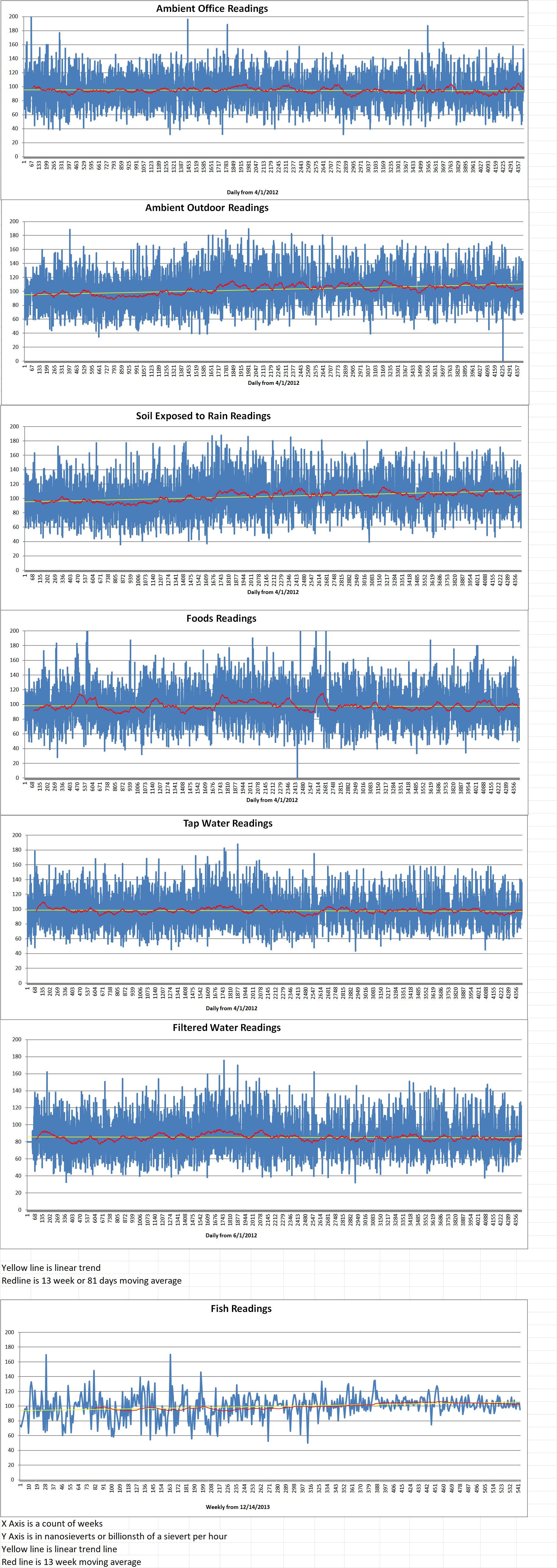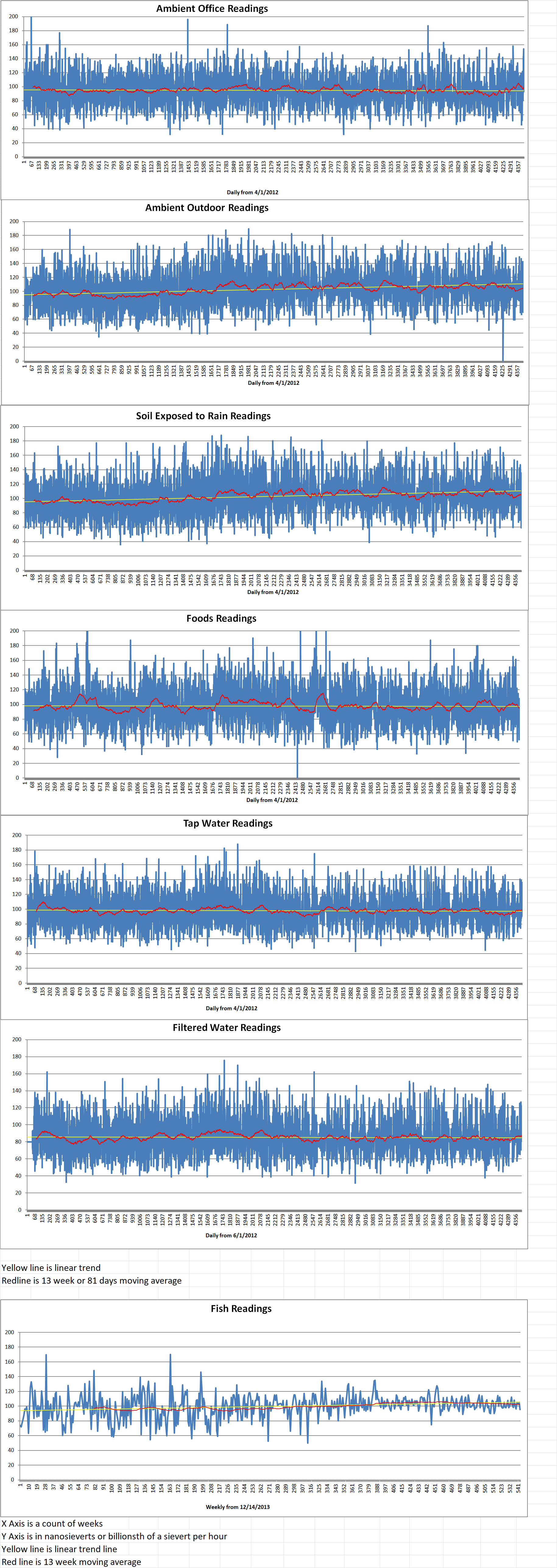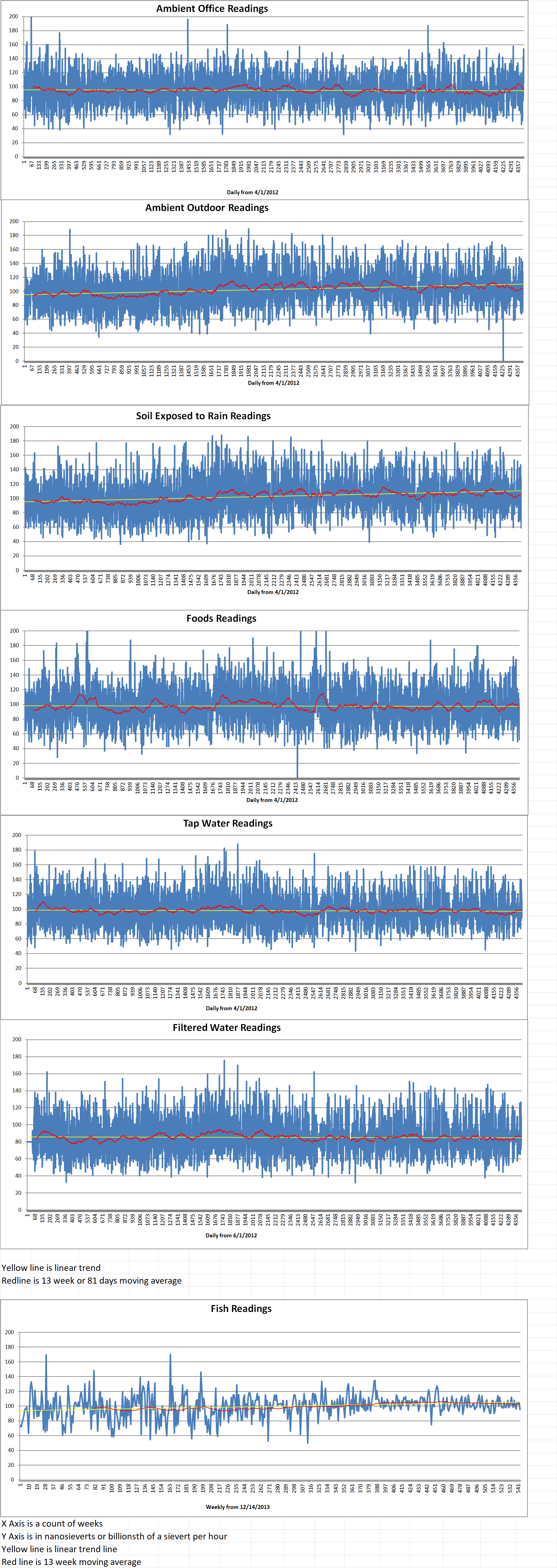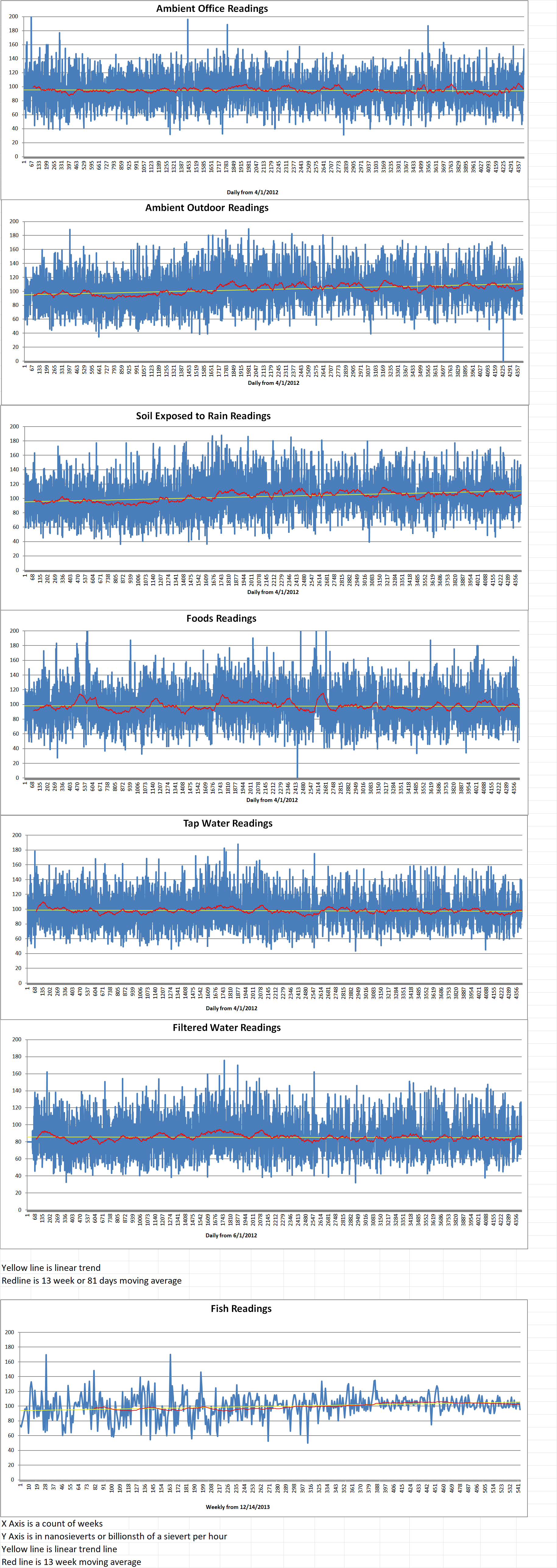The Princeton Plasma Physics Laboratory (PPPL) has just announced the completion of the complex process of building the first quadrant of the magnet at the heart of the National Spherical Torus Experiment-Upgrade (NSTX-U) nuclear fusion reactor. This is a major milestone for the PPPL’s nuclear fusion project, which comes under the U.S. Department of Energy (DOE).
PPPL said that “it is assembling two high-current magnets to create the toroidal field-ohmic heating coil (TF-OH) bundle. The magnets make up the core of the NSTX-U, similar to the core of an apple. They are designed to produce the highest magnetic field strength of any large spherical torus.”
The toroidal field (TF) coil is a nineteen-foot-tall inner magnet which resembles a telephone pole. The TF carries up to four million amps of electric current to stabilize and confine the hot plasma in fusion experiments, according to a press release by PPPL.
There will also be an outer magnet called the ohmic heating (OH) coil. It is a four-kilovolt magnet that wraps around the TF coil like thread around a bobbin.
The press release stated that “It uses up to twenty four thousand amps to induce an electric field that drives an electric current within the vessel and helps heat the plasma”.
Steve Cowley is the PPPL director. He said that “These magnets are critical to the NSTX-U experiment, and the team has been laser focused on this assembly. Constructing the first quadrant is a big achievement.”
The PPPL states that the quadrants are going through a process called vacuum pressure impregnation (VPI). In this process, pieces of the TF coil “pie” are baked together into one very tall, solid piece of pie.
The quadrant was constructed by technicians at Elytt Energy in Bilbao, Spain in July. Preliminary electrical tests conducted on the quadrant in August showed that the process was successful.
Dave Micheletti is the division director of major science and engineering projects at the PPPL. He said that the team is now looking forward to the time “when the entire magnet is complete.”
The NSXT-U recovery team has completed many critical components of the nuclear fusion device. Once the center stack magnets are installed, the team can start focusing on reassembling and testing the NSTX-U.
Engineers have designed the TF coil and OH coil so the strong magnets will be powerful enough to confine the plasma during nuclear fusion experiments, which can occur every 20 minutes while the experiment is operating.
The NSTX-U is currently the primary nuclear fusion experiment at PPPL. The spherical fusion device is shaped more like a cored apple than the doughnut-like shape of conventional tokamaks. It can produce high-pressure plasmas with relatively low and cost-effective magnetic fields.
Using both neutral beams and high-power radio waves, the NSTX-U will heat the plasma to one hundred million degrees Celsius. This is seven times hotter than the Sun.
According to the PPPL, the NSTX-U’s compact design makes it an ideal candidate to serve as the model for a nuclear fusion pilot plant followed by a commercial fusion reactor.
The NSTX-U recovery project is eighty-four percent complete, and it has seen participation from scientists around the globe.
PPPL’s end goal is to seek assistance from around the globe to help PPPL and the world figure out the best way to build commercial nuclear fusion reactors.
Princeton Plasma Physics Laboratory






